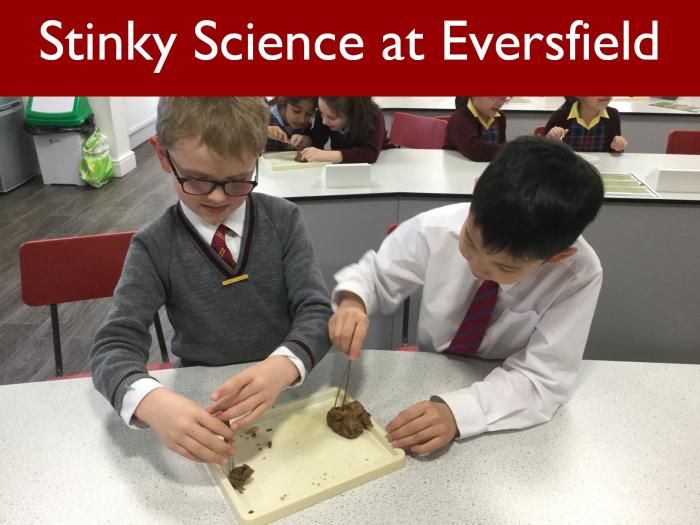
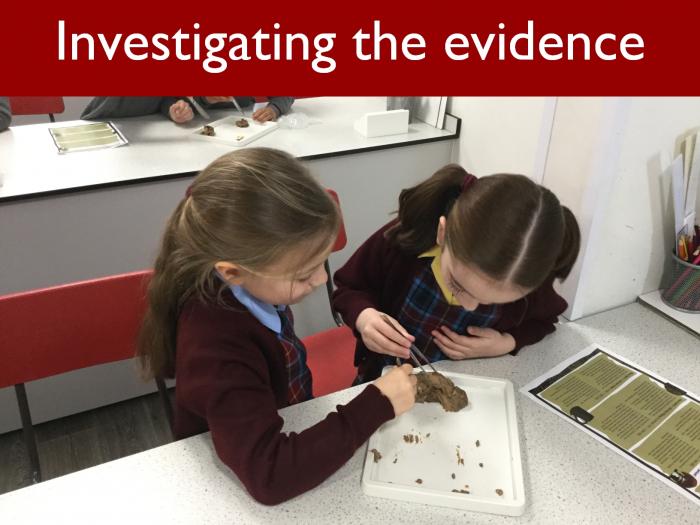
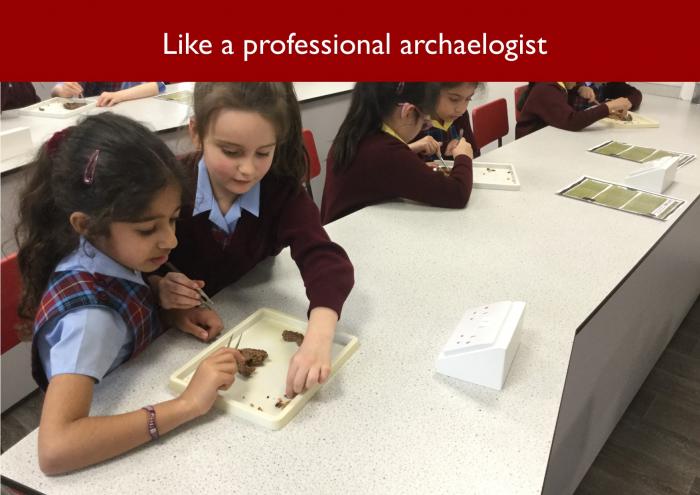
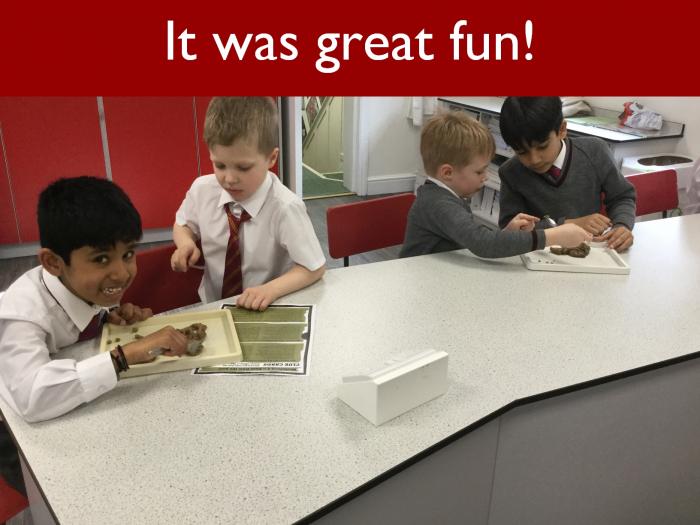
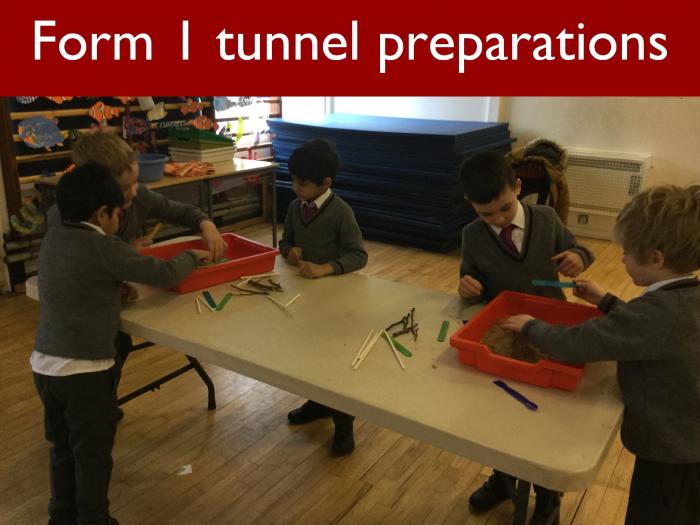
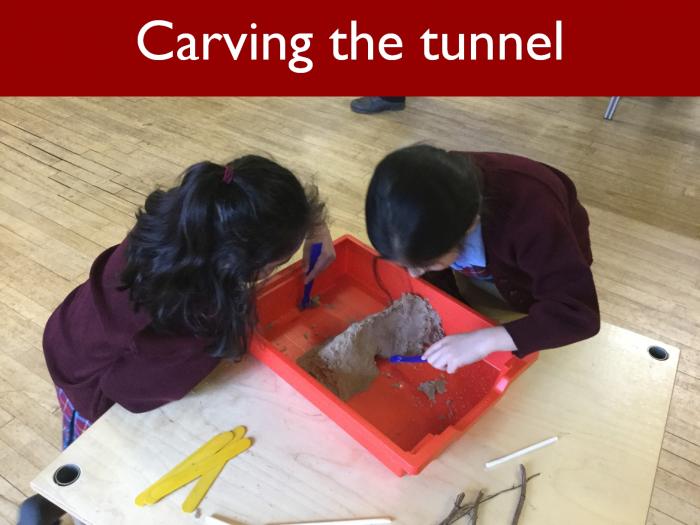
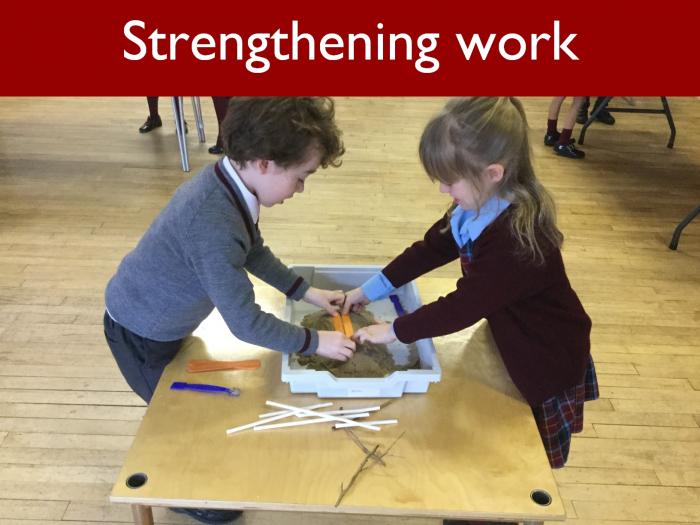
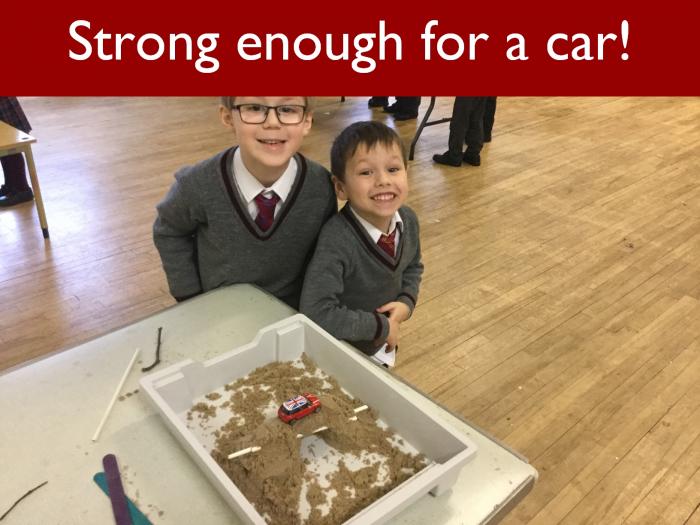
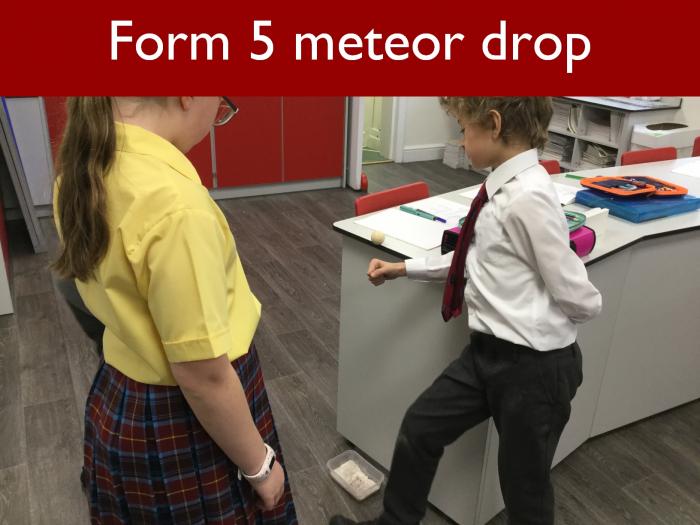
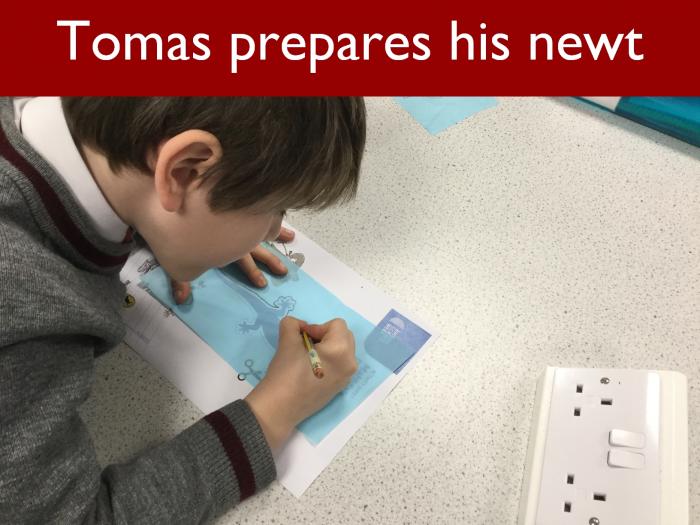
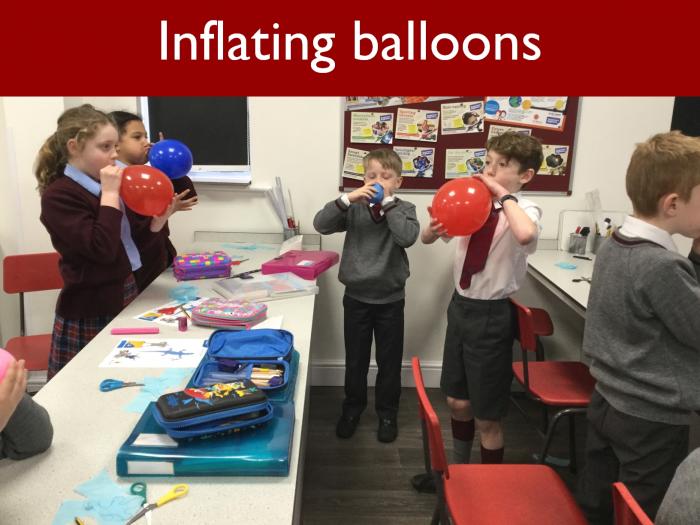
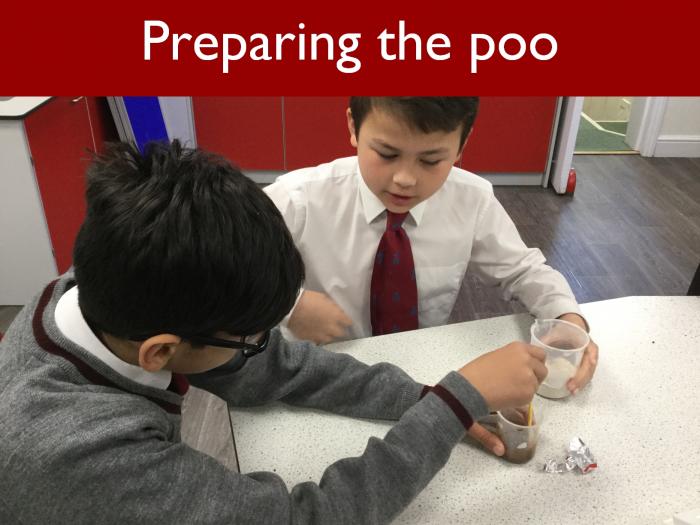
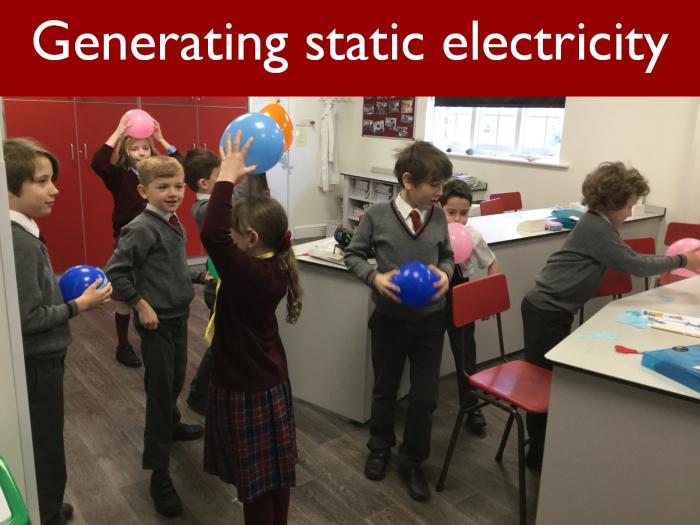
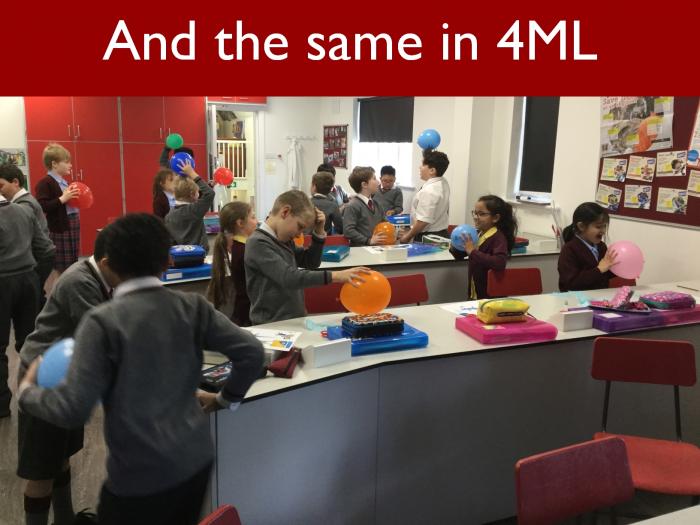
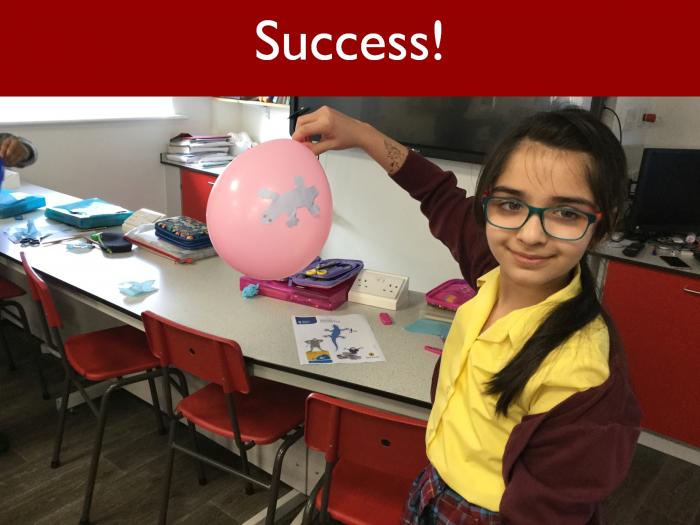
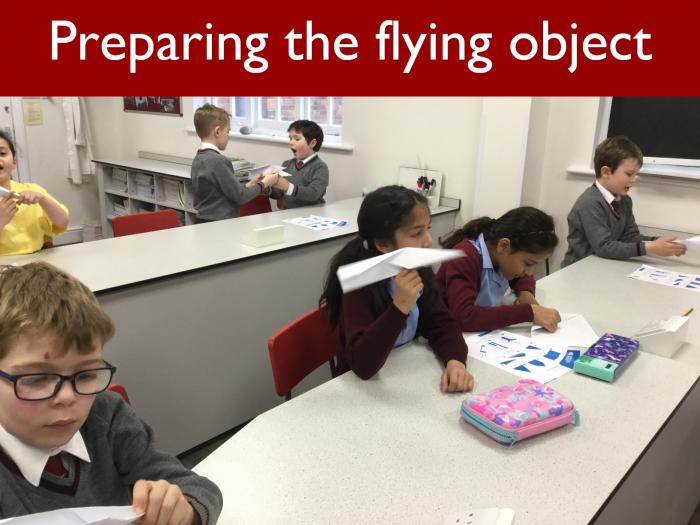
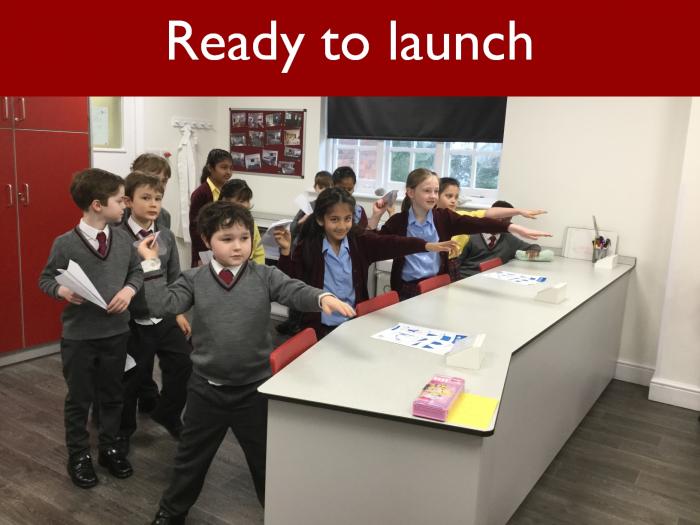
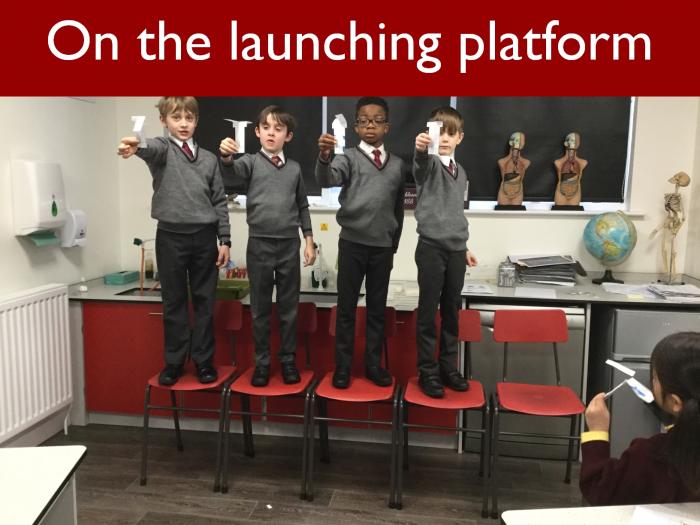
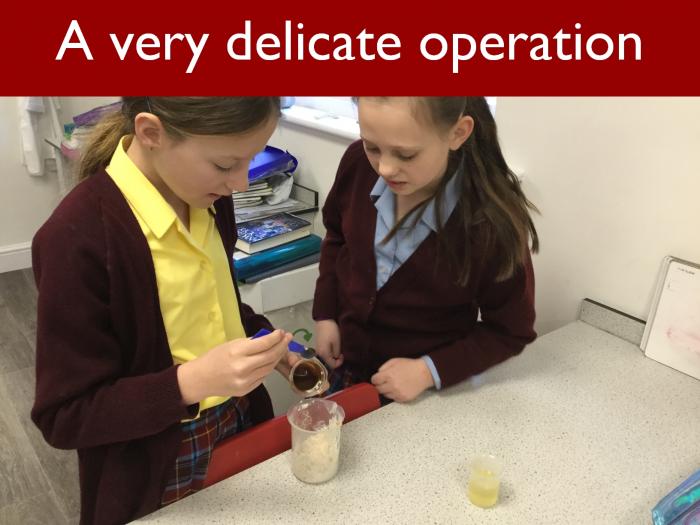
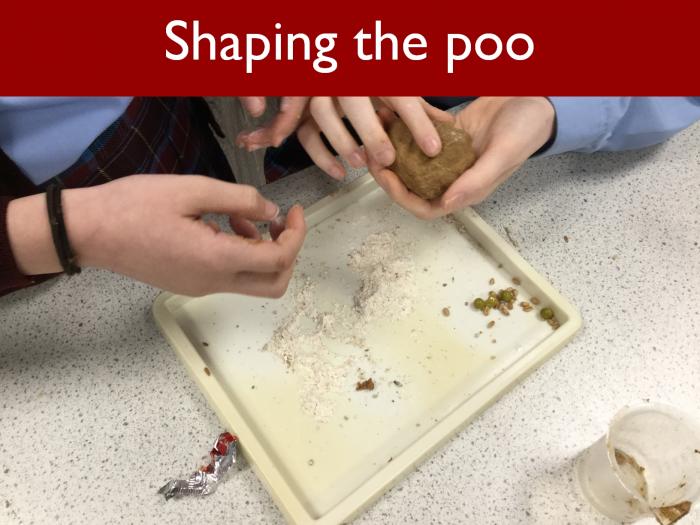
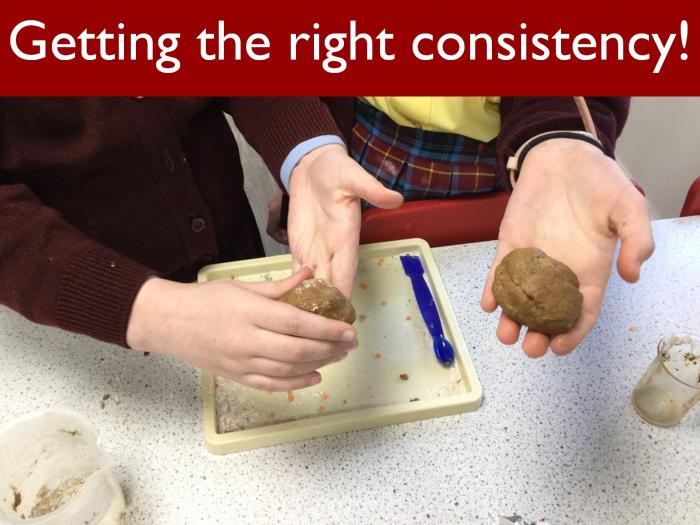
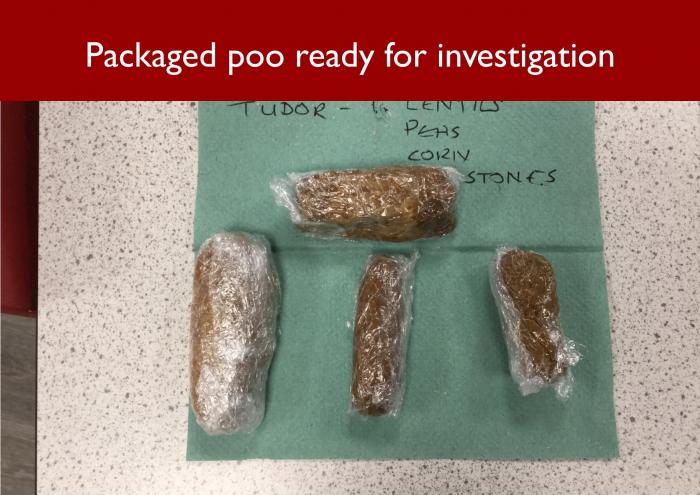
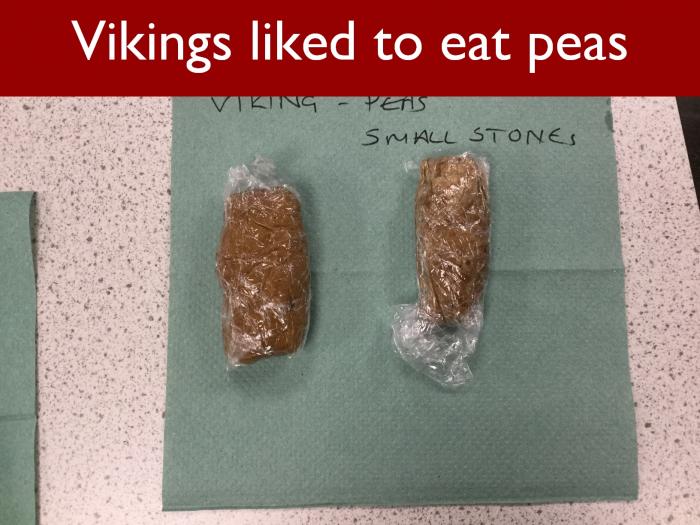
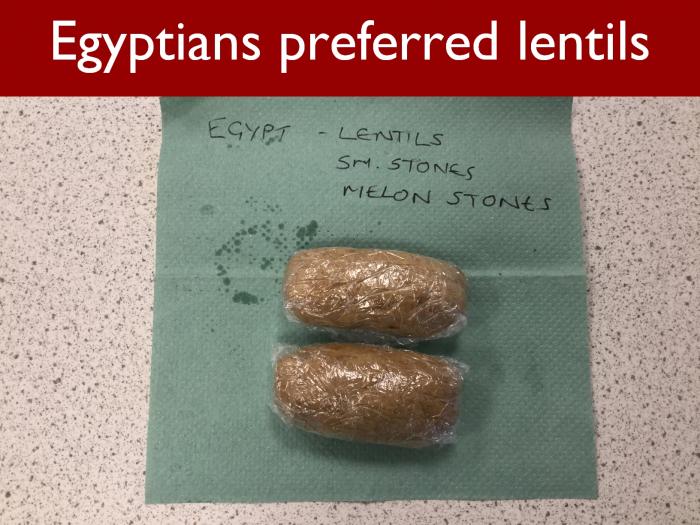
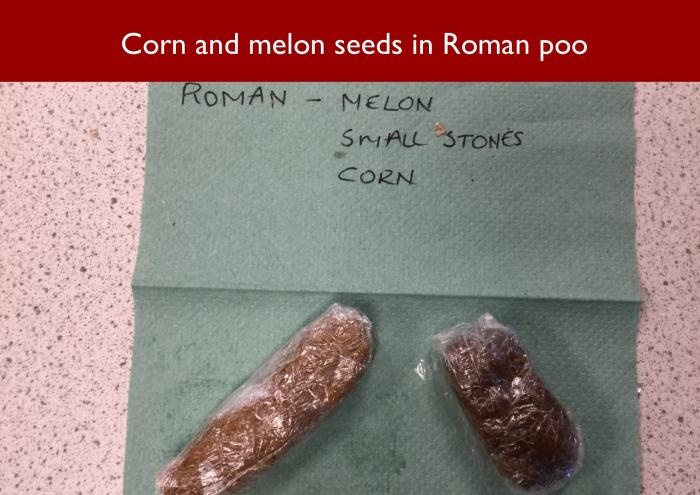
Stinky Science
If you thought things couldn’t get any more exciting at Eversfield following our recent Reading and Writing Festival…well, think again! We celebrated British Science Week on the theme of Journeys with such memorable investigations and challenges that no-one could be left in any doubt that Science must be the most marvellous subject on the planet!
For Form 3, there was the chance to make a flying object, a much more sophisticated creation than your average paper plane, which required the children to think in some depth about stability and aerodynamics. In Form 4, pupils constructed a paper newt and trained it to travel through air rather than water, with the aid of static electricity. For Form 5, the challenge was to investigate whether heavier asteroids make larger craters when they hit Earth. Even as I write, Mr Phillips is still trying to fill in the holes the falling asteroids created all over our playing field!
The theme of Journeys was directly inspired by the 25th anniversary of the opening of the Channel Tunnel, so Mrs Sliney decided to pay homage to this amazing feat of engineering by asking the children in Reception and Form 1 to build a tunnel of their own. This tunnel would need to be wide enough to accommodate a toy car, and strong enough to allow the same car to travel safely over it without the structure collapsing.
Trays of sand were set up in the gym, and dampened to a suitable consistency, before the aspiring engineers were set loose upon them. Working with a partner, their first job was to create a strong and stable piece of ground through which to bore a tunnel. Next, the children dug through the sand, starting on opposite sides of the hill they had made, until they met in the middle. No expensive and sophisticated drilling equipment needed here! Yet I was still reminded of that historical moment in 1990 when the French and British engineers shook hands somewhere beneath the English Channel, and we all realised that an underground link with the continent would soon become a reality.
At this point in the process, there was still a lot of work ahead, and for the children in Form 1 and Reception, this consisted of shaping and strengthening the excavations, before finally testing their construction with a vehicle. It was all enormous fun, as the photographs testify!
Mrs Sliney planned a different kind of journey for the pupils in Form 6 – time travelling! Initially this seemed a very exciting proposition, until she explained to the children that they would be travelling back through the centuries not via a portal, as they hoped, but using the medium of poo. Horrified gasps echoed around the Science Lab. Did Mrs Sliney really just say we would be making poo?
She did indeed and, when Form 6 had recovered from their initial shock, she persuaded the pupils that this is all in a day’s work for an archaeologist, who may have no other evidence of the diet enjoyed by ancient civilizations. Four types of poo would be created to illustrate the differences between the food consumed by the Romans, Vikings, Egyptians and Tudors.
Working in scientific conditions, as you can see from the photos, the children first made the poo in a beaker before adding the required elements, such as corn or lentils, which would make it characteristic of a particular civilization. Finally, they shaped the poo. The prospect of this was too much for Sukhesh and Abdul, and in the end they had to ask Vincent to shape their poo for them, but most people were happy enough to get their hands dirty in the cause of archaeological research. Mrs Sliney was impressed with the realistic appearance of the finished poo. Authentic enough to grace any ancient midden!
Now, what of Form 2, I hear you ask? Did they somehow miss out on Science Week? No, they did not, because these unsuspecting children were summoned to the Science Lab to be given the job of analysing the poo and dating it. And they loved it!
When the children first arrived, and Mrs Sliney explained what lay in store for them, they nearly fell off their stools in horror, if you’ll forgive the pun. However, Mrs Sliney was quick to point out that what they would be handling was fake poo, and she used the proper scientific term, coprolites, to refer to it, which also sounded reassuring. After this, there was no stopping Form 2. They plunged in, and soon had their poo successfully assigned to a historical period. They were fascinated to realise that they had been working in the same way as a professional archaeologist would when dissecting material found at an ancient site.
One of the key skills a good scientist needs is the willingness to answer questions, to challenge themselves continually and, however much they learn, to be inspired to find out more. Our children were buzzing with enthusiasm after the British Science Week activities, and Mrs Sliney will hope to see this commitment continue in curriculum lessons, long after the last traces of poo have been flushed away.